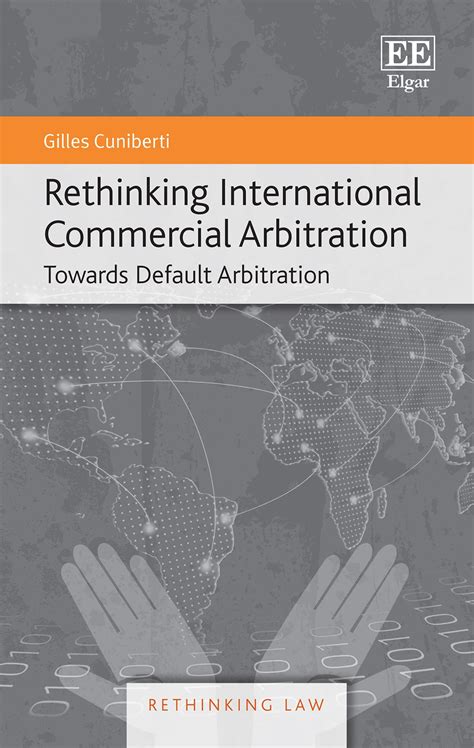

Model Law on International Commercial Arbitration: A 6-Step Guide to Resolving Cross-Border Disputes
Are you an international business owner facing a commercial dispute with a foreign party? Navigating the complexities of cross-border arbitration can be daunting, but a robust legal framework exists to help you resolve such disputes fairly and efficiently. The Model Law on International Commercial Arbitration, adopted by over 100 countries, provides a comprehensive blueprint for conducting international arbitrations. This guide will walk you through the six essential steps involved in using the Model Law to resolve your dispute.

1. Agreement to Arbitrate: The Cornerstone of International Arbitration
At the heart of international arbitration lies the arbitration agreement, a written agreement between the parties to submit their dispute to arbitration rather than litigation. This agreement can be included in a contract, a separate arbitration clause, or an exchange of letters or emails. It is crucial to have a valid arbitration agreement in place before a dispute arises to avoid the complexities of parallel court proceedings.
2. Commencement of Arbitration: Invoking the Arbitration Process
Once a dispute arises, either party can initiate arbitration by sending a written notice to the other party. This notice should clearly state the nature of the dispute, the relief sought, and the grounds for invoking arbitration. The notice should also appoint an arbitrator or propose a method for appointing arbitrators.
3. Appointment of Arbitrators: Selecting Neutral and Impartial Adjudicators
Arbitrators are the adjudicators who decide the dispute. The Model Law provides for various methods of appointing arbitrators, including direct appointment by the parties, appointment by an arbitral institution, or appointment by a court. The key considerations in arbitrator selection are neutrality, impartiality, and expertise in the subject matter of the dispute.
4. Conduct of Arbitration: Adherence to Due Process Principles
The Model Law sets out the principles for conducting arbitration proceedings, emphasizing fairness, transparency, and due process. The parties can generally agree on the procedural rules, but the Model Law provides default rules if the parties cannot reach an agreement. These rules cover issues such as the exchange of pleadings, discovery, and the hearing.
5. Award: The Binding Resolution of the Dispute
The arbitration process culminates in an arbitral award, which is a final and binding decision on the merits of the dispute. The award is typically written and contains the reasons for the decision, the relief granted, and the costs of arbitration. The award is enforceable in the same manner as a court judgment.
6. Enforcement of Award: Realizing the Benefits of Arbitration
One of the key advantages of international arbitration is the ease of enforcing arbitral awards. The Model Law provides for a simplified enforcement procedure through the New York Convention, which has been adopted by over 160 countries. This convention allows for the enforcement of arbitral awards without the need for relitigation.
Conclusion: The Model Law as a Vital Tool for International Business
The Model Law on International Commercial Arbitration is an invaluable tool for businesses engaged in cross-border transactions. By providing a clear framework for resolving disputes, the Model Law promotes certainty, predictability, and fairness in the international arbitration process. Embracing the principles of the Model Law can help you effectively navigate the complexities of international commercial disputes and achieve a just and timely resolution.










